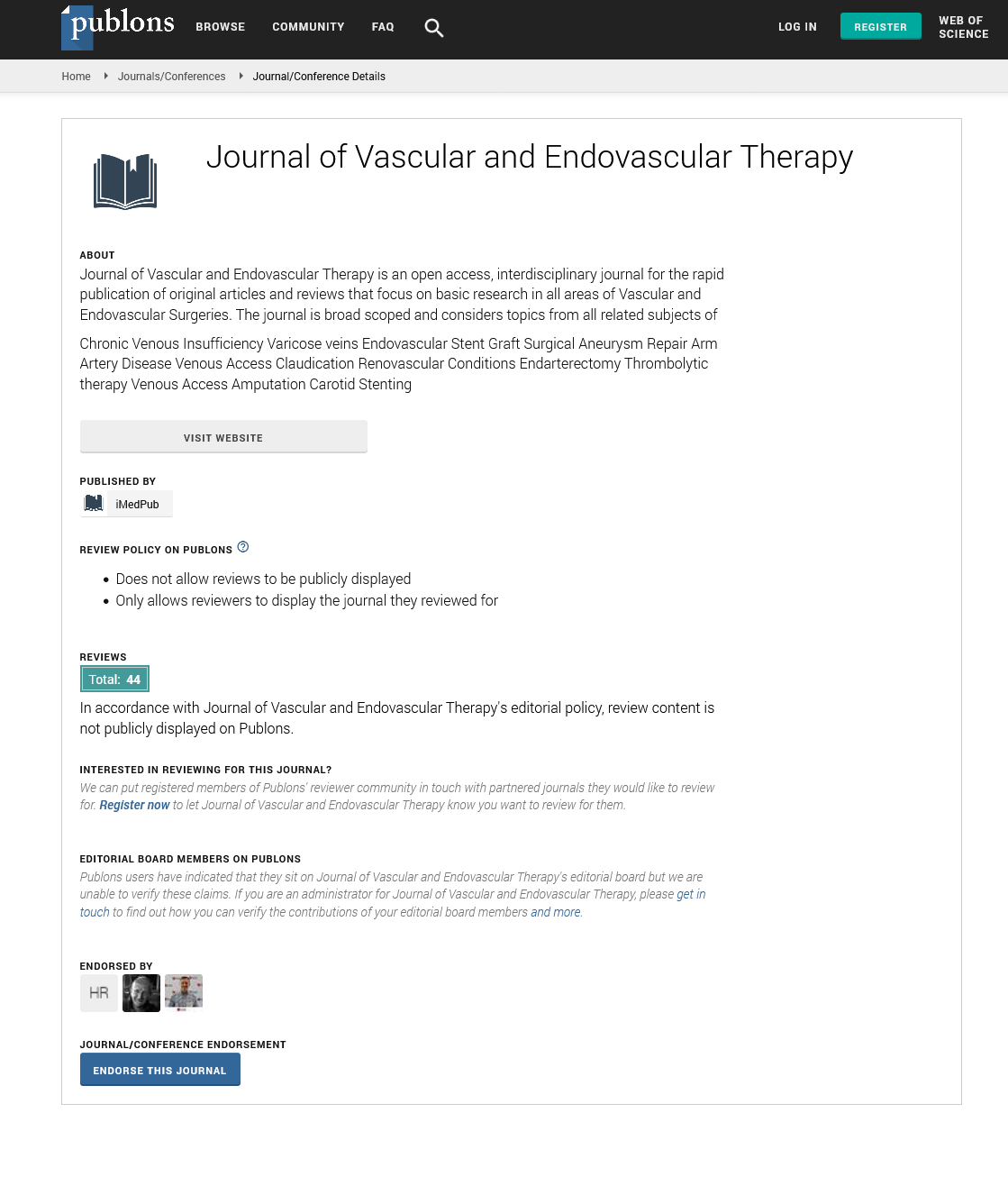Abstract
The Predictive Value of The Core-Muscle Index Regarding Type II Endoleaks After Endovascular Repair of Abdominal Aortic Aneurysm (EVAR)
Objective: The presently favoured technique of endovascular repair of abdominal aortic aneurysms (EVAR) can fail to fully eliminate the aneurysm when an endoleak occurs. The most common endoleak, type II, is caused by retrograde perfusion of the aneurysmal sac through mesenteric or lumbar arteries. Our hypothesis is that the patency and number of lumbar arteries and thus, the formation of type II endoleaks, can be predicted preoperatively by morphometrically measuring the total psoas area or core muscle index.
Methods: The medical records of all EVAR patients treated at the Marienhospital Aachen between July 2013 und August 2015 were reviewed retrospectively with a special focus on the postoperative formation of endoleaks. In the preoperative CT-scans of the population we morphometrically measured the total psoas area and density. The effect of total psoas area on occurance of endoleaks was assessed using Wilcoxon-signed-rank-test.
Results: 63 patients with a mean age of 72.5 years were treated with EVAR for AAA. There was an endoleak type II occurrence rate of 21.9%. The mean total psoas area was 2412.30 mm². The Wilcoxon-signed-rank-test showed no significant association between the mean total psoas area or density and the occurrence of endoleaks.
Conclusions: In the end we could not demonstrate that core muscle index could be a predictor for endoleak type II. One of the reasons we failed is perhaps the small size of the cohort. We are planning to continue pursuing our hypothesis by appending our data with that of other centers to include a larger number of individuals.
Author(s):
Gottfried Mommertz
Abstract | Full-Text | PDF
Share this

Google scholar citation report
Citations : 177
Journal of Vascular and Endovascular Therapy received 177 citations as per google scholar report
Journal of Vascular and Endovascular Therapy peer review process verified at publons
Abstracted/Indexed in
- Google Scholar
- Publons
- Geneva Foundation for Medical Education and Research
- Secret Search Engine Labs
Open Access Journals
- Aquaculture & Veterinary Science
- Chemistry & Chemical Sciences
- Clinical Sciences
- Engineering
- General Science
- Genetics & Molecular Biology
- Health Care & Nursing
- Immunology & Microbiology
- Materials Science
- Mathematics & Physics
- Medical Sciences
- Neurology & Psychiatry
- Oncology & Cancer Science
- Pharmaceutical Sciences


